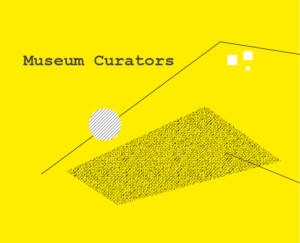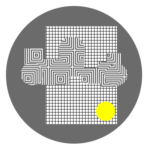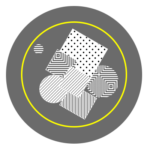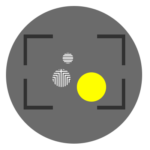Museum Curators - Connecting the city’s past, present, and future
 City Museums are unique institutions to discover, debate and negotiate the meaning of the city. They help to 'decode’ and 'recode' our perceptions by revealing not only how cities change physically over time, but how they are experienced in different ways at different moments. The senses play an important part in the experiential world of the city outside and inside the museums. Their role has been increasingly recognised across the museum world. While vision long dominated museum curation, touch, sound, and smell have been re-integrated to create a more participatory and inclusive experiences through physical recreations, analogue ‘hands on experiences’, new technologies and reflexive exhibitions. This section focuses on how museums can link the urban past, present and future through the senses. The first part explores how to mediate the urban past as a sensory experience in a reflexive way; the second contains methods to record the senses of the present for the future; third, we reflect on how the senses can enable debate about the future of the city as a public space. The section on sensory education contains further exercises and questions that can be used in a museum context.
City Museums are unique institutions to discover, debate and negotiate the meaning of the city. They help to 'decode’ and 'recode' our perceptions by revealing not only how cities change physically over time, but how they are experienced in different ways at different moments. The senses play an important part in the experiential world of the city outside and inside the museums. Their role has been increasingly recognised across the museum world. While vision long dominated museum curation, touch, sound, and smell have been re-integrated to create a more participatory and inclusive experiences through physical recreations, analogue ‘hands on experiences’, new technologies and reflexive exhibitions. This section focuses on how museums can link the urban past, present and future through the senses. The first part explores how to mediate the urban past as a sensory experience in a reflexive way; the second contains methods to record the senses of the present for the future; third, we reflect on how the senses can enable debate about the future of the city as a public space. The section on sensory education contains further exercises and questions that can be used in a museum context.
Literature suggestions:
- The Sensory Museum Project,
http://www.david-howes.com/senses/reports_sensorymuseum.htm. - David Howes, Introduction to Sensory Museology,
http://www.tandfonline.com/doi/pdf/10.2752/174589314X14023847039917 - Helen Rees Leahy, Museum Bodies: The Politics and Practices of Visiting and Viewing (2012),
https://www.routledge.com/Museum-Bodies-The-Politics-and-Practices-of-Visiting-and-Viewing/Leahy/p/book/9781409418610





